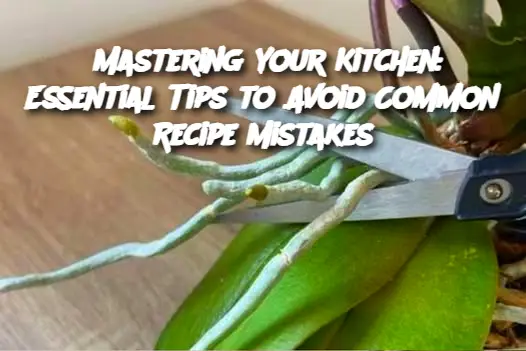ADVERTISEMENT
Substituting Ingredients: If you run out of a key ingredient, you can often find a suitable substitute. For example, swap olive oil with coconut oil for a different flavor or use almond milk instead of regular milk for dairy-free options.
Spice it Up: Adjust the level of spice by adding more or less according to your preference. If you’re uncertain about the heat level of a particular spice, add it in small increments and taste along the way.
Vegan or Gluten-Free Adjustments: For vegan recipes, substitute plant-based proteins like tofu or lentils for meat, and for gluten-free, ensure all flour and baking products are certified gluten-free.
FAQ:
Q: How do I know if my dish is overcooked or undercooked?
A: The key is to use a food thermometer when necessary (especially for meats). For other dishes, use your senses—taste, texture, and smell are the best indicators of whether your food is done.
Q: How can I fix a dish that’s too salty?
A: If your dish is too salty, add an acid like lemon juice or vinegar to balance the flavor. For soups or stews, adding more liquid and a starchy ingredient like potatoes can help dilute the saltiness.
Q: Why did my cake fall after baking?
A: This could be due to underbaking, opening the oven door too often, or using the wrong proportions of ingredients. Ensure your oven temperature is accurate, and follow the recipe’s instructions carefully.
Q: Can I adjust cooking times for different sizes of pans?
A: Yes! A larger pan will spread the batter or ingredients thinner, reducing cooking time. A smaller pan will require more time as the food will be thicker. Keep an eye on your dish and adjust accordingly.
By following these tips and paying attention to details, you can avoid the most common kitchen mistakes and enjoy your cooking with greater confidence and skill. Happy cooking!
ADVERTISEMENT
